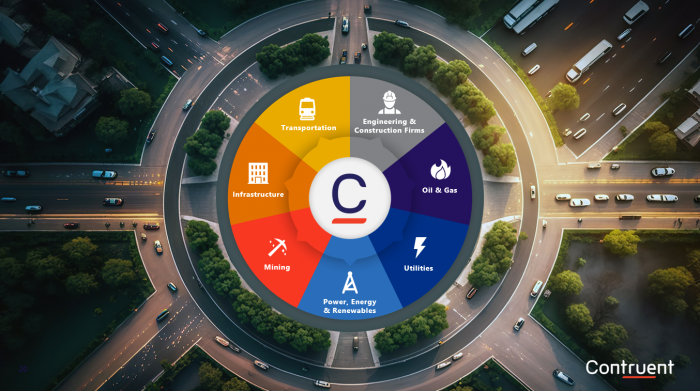Hi All,
I'm a 3rd year C. management student based out of Canada. I've had only two classes so far in scheduling and they ended up being very disappointingly general; nevertheless, I ended up really enjoying the thought processes and research that go into making a scheduling (quite challenging), so I later decided to formulate one for a small multi-residential building and then later on for a tower (only drawings I have been able to review) in order to educate myself. I would also like to use them later on in the field once I get a job, so I would like them to be correct. I've of course read books, done google searches, but I've also read through a lot of posts on PP.com, so thanks for passing down some of the knowledge-base.
Anyway, I was wondering if anyone out there wouldn't mind reviewing the schedule I have made for a 4 storey multi-residential. Some project specs: it's built on a pile/SOG foundation (I'll assume the lot is demo'd and partially cleared), concrete commercial ground floor w/ steel stud framing and storefront windows, then upper 3 storeys are wood frame construction.
Feel free to tear it apart, my mind is fried after entering in all those activities, and I'm sure I've done some standard planning errors and no-no's. Some things I was confused by: more/less detail for the concrete/wood framing, when should the elevator shaft and installation start, is it fine to go with the sequence: HVAC/PLUMBING/ELECTRICAL, is my interior finishes and rough-in sequences alright, when should you tie in the ultilities to the buildling once they are within 5' from the bldg, and finally when would you start installing the appliances?... Anyway, any advice at all would be greatly appreciated.
Done in MS Project (download via Google Doc's)
2000-2003 version: https://docs.google.com/open?id=0B1UCST5kO3r2d1FISzJjY3JKNkE
2007 version: https://docs.google.com/open?id=0B1UCST5kO3r2NkNDR191WlVySm8
2010 version: https://docs.google.com/open?id=0B1UCST5kO3r2alFSMDF6WTR0RGs My email is mgeorge1@my.bcit.ca Thanks, Matthew






Replies